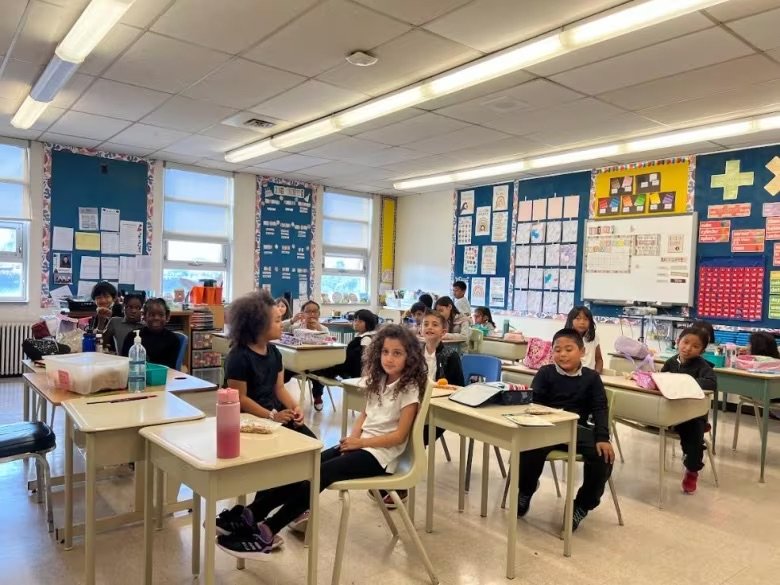New National School Food Program Announced
Photo Credit: CBC
On Apr. 1, the federal government announced their plans for a National School Food Program with the hope of supplying meals to a target of 400,000 children across Canada. This $1 billion program aims to take pressure off of families, especially those in low income or indigenous communities, and accompanies improvements in current healthcare and dental programs.
Prime Minister Justin Trudeau emphasized the necessity of such a program in Canada. “The National School Food Program is a game changer,” he said in a statement. “The program will take pressure off of families, invest directly in the future of our kids, and make sure they’re able to reach their full potential — feeling healthy and happy,”
Despite the two million children covered by existing programs, there are still those not covered. The objective of this investment is to address the needs of the 400,000 children across 1,000 schools on the waitlist for the National School Food Program.
According to Food Bank Canada, one in four children in Canada do not get the proper nutrition they need, with Canada being the only G7 country without a sufficient national food program, according to the Breakfast Club of Canada.
However, since provinces and territories have control over the education system in their respective regions, it is possible that not every school in the country will gain a hot lunch system. Areas with existing programs will work on integrating the new program into their old ones; pre-existing programs will expand, having more food and better quality.
There have been barriers between schools getting a proper program, such as cultural accommodation, lack of kitchen workers, and lack of food, according to CBC.
“There are plenty of kids who are not participating who could be participating," Rachel Engler-Stringer, professor of public health at University of Saskatchewan, told CBC. “There are plenty of families that won't participate because there's a stigma involved.” Engler-Stringer hopes that the addition of a national system would help to resolve these issues.
Finance minister Chrystia Freeland expressed that the government hopes to have the program in place for the 2024–2025 school year, benefitting all provinces and territories. “We’re going to get this done by working together with provincial, territorial and Indigenous partners, and expanding access to school food programs across the country.”
Provincial governments have also increased their budget for school food programs. For example, Ontario has increased their budget by $5 million, Québec plans to increase theirs by $34 million over next five years, and British Columbia has allocated a budget of $214 million to be used over the next three years.

